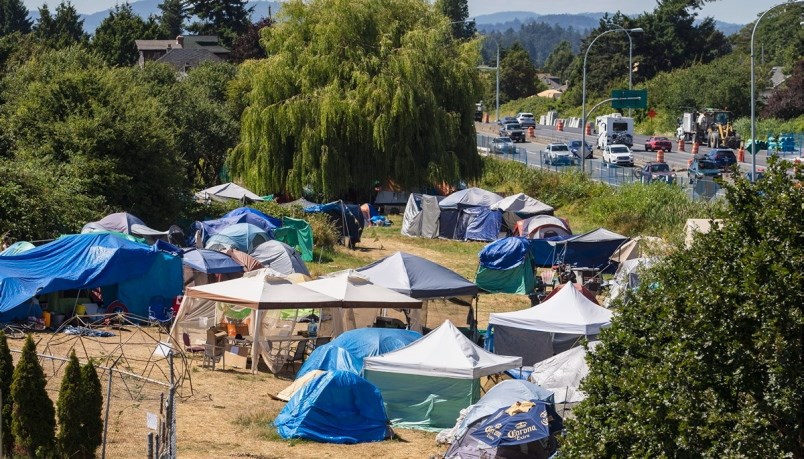In 2004, Roy Romanow, former Saskatchewan premier and chair of a federal commission on the future of health care, gave his keynote address to the inaugural meeting of the Health Council of Canada, which was set up as a result of his report. He suggested seven things we could do to stay healthy: No. 1 was “Don’t be poor.”
At the global level, the poverty line, set by the World Bank in 2015 at $1.90 per day, measures extreme poverty. This is the amount needed for basic shelter, food and clothing, but does not include clean water, sanitation, electricity, education or health care. In other words, the global poverty line represents mere survival, hardly even a bare existence. A more realistic poverty line, suggested David Woodward in the World Economic Review in 2015, would be $5 per day, “the income at which basic needs may be met, and social and economic rights minimally fulfilled.”
For decades, the economic establishment has argued that we need economic growth to remove the scourge of poverty: A rising tide, they say, will float all boats. But there are flaws in that analogy. First, it may raise all boats, but if you are in a dugout canoe rather than a luxury yacht, you will still be in a dugout canoe. Second, if your boat has a leak, the rising tide will swamp and sink it — and a lot of people are in leaky boats.
Moreover, Woodward argues, if the pattern of economic growth and distribution we experienced from 1993 to 2008 continued indefinitely, it would take 100 years to lift everyone above the $1.25 level and 200 years to get them above $5 per day. And, he adds, to do so “global GDP would need to increase “to nearly 15 times its 2010 level by the time $1.25-a-day poverty is eradicated in 2115, and 173 times its 2010 level by the time of $5-a-day poverty eradication in 2222.” But the Earth cannot even support today’s economy, as we are seeing, never mind an economy at that scale.
In rich countries, too, economic growth is not the answer. Sir Angus Deaton, a Nobel Prize-winning economist, pointed out in a July 2019 article that in America “real wages for men without a four-year college degree have fallen for half a century, even at a time when per capita GDP has robustly risen” and that “median real wages in Britain have not risen for more than a decade.” Moreover, he adds, in America “inequality has risen not only due to wealth generation from innovation or creation, but also through upward transfers from workers.” In other words, we are robbing the poor to enrich the wealthy.
So while there might have been a tiny amount trickling down to the world’s poorest — crumbs falling from the overloaded tables of the wealthy — that is vastly outweighed by the flooding up of wealth to the already wealthy. In a paper this month in Scientific American, Bruce Boghosian, a professor of mathematics at Tufts University, shows that this result is inevitable in a free market, unless there is significant government intervention.
He and his colleagues created a mathematical model of the economy that is highly accurate, matching the distribution of wealth in the U.S. “to less than a sixth of a per cent over a span of three decades” and European wealth distribution in 2010 to within half a percentage point.
Their key finding is that “far from wealth trickling down to the poor, the natural inclination of wealth is to flow upward, so that the ‘natural’ wealth distribution in a free-market economy is one of complete oligarchy” — a situation in which one person owns everything. Importantly, he adds: “It is only redistribution that sets limits on inequality.”
The answer to the problem of poverty, then, is not more growth — not only because the pie has to stop growing, but because growth does not fix poverty. In their book about a steady-state economy, Enough is Enough, Rob Dietz and Dan O’Neill note “reducing poverty without global growth would require the redistribution of income from rich countries to poor countries” — and, we might add, the same applies within countries, from rich people to poor people.
Dr. Trevor Hancock is a retired professor and senior scholar at the University of Victoria’s School of Public Health and Social Policy.



